 |
 |
 |
| |
CNS Penetration Effectiveness of cART and Neuropsychological Outcomes:
Cross-sectional Results from the OHTN Cohort Study
|
| |
| |
Reported by Jules Levin
CROI 2012 March5-8 Seattle WA
Sean B. Rourke1,2,3 | Adriana Carvalhal2,3 | Amy Zipursky1,2 | Tsegaye Bekele1 | Jennifer A. McCombe4,5 | Anita Rachlis3,6 | Evan Collins3 | M. John Gill4 | Janet Raboud3,7 | Ann Burchell1,3
1. Ontario HIV Treatment Network, Toronto, Canada | 2. St. Michael`s Hospital, Toronto, Canada | 3. University of Toronto, Toronto, Canada | 4. University of Calgary, Calgary, Canada
5. University of Alberta, Calgary, Canada | 6. Sunnybrook Health Sciences Centre, Toronto, Canada | 7. University Health Network, Toronto, Canada
(from Jules: studies evaluating the CPE score have found mixed results, some studies have found no correlation between the CPE score & cognition. in other words they did not find that a regimen with a high CPE score would improve cognition in those studies. But in certain cases/situations CPE scores have been useful in improving cognition. For example, there appears to be benefit for patients with impairment who are starting HAART, those with CSF escape often with rapidly progressive decline or other neurological findings and, on a group level, there appears to be benefit in suppressing CSF virus to very low levels. How this will interpret to a clinical benefit for individual patients is less clear right now. So this is a very challenging area for clinicians who try to manage patients with cognitive impairment. it is also important to realize that changing a patients antiretroviral medications may not always be a benign thing. Introducing new side effects or different timing of medications can impact adherence or add morbidity and this must be counter-balanced with solid evidence that it will be beneficial. The data on use of the CPE score are not sufficient for the field to come to consensus. The most important variable is taking ARVs, being adherent and suppressing virus as measured in plasma. This captures the greatest reduction in risk.)
The prevalence of NP impairment in the highest CPE category (i.e., CPE ≥ 9) was one-third lower than the prevalence in lower CPE categories
· Using the 2006 CPE ranking, there were no significant differences in NP outcomes among
the different levels of CPE
· With the 2010 CPE ranking, however, a linear association was observed with those on
regimens with higher CPE benefiting significantly compared to individuals with lower
levels of CPE.
· With the 2010 CPE ranking, an increase in CPE score was associated with a significant decline in NP impairment (OR=0.84, p<0.05).
· Using the 2006 CPE ranking, there was no statistically significant (OR=0.85, p=0.344) association between CPE score and NP impairment.
· Cigarette smoking was associated with higher odds of NP impairment using both the 2010 (OR=1.91, p < 0.01) and the 2006 (OR=1.94, p<0.01) CPE rankings.
· Higher level of alcohol use in the past 12 months was associated with lower odds of NP impairment in both the 2010 and 2006 CPE rankings (OR=0.54, p<0.05).
CROI/2011: Antiretroviral CNS Penetration-Effectiveness (CPE) 2010 ranking predicts CSF viral suppression only in patients with undetectable HIV-1 RNA in plasma - (03/24/11)
"Sensitivity analysis indicated CPE ranking cutoff of 6 as highly predictive"







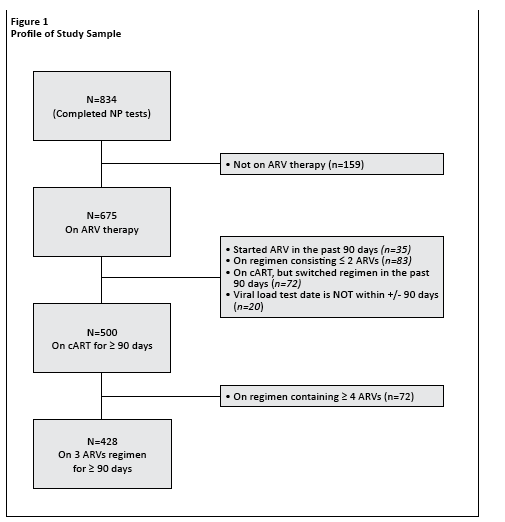
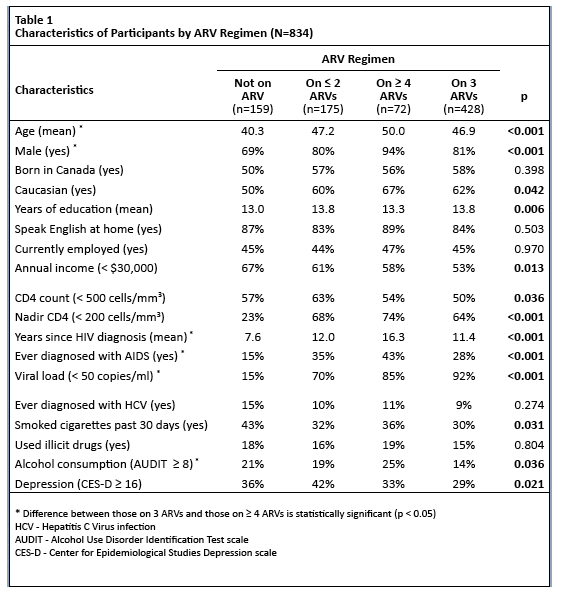

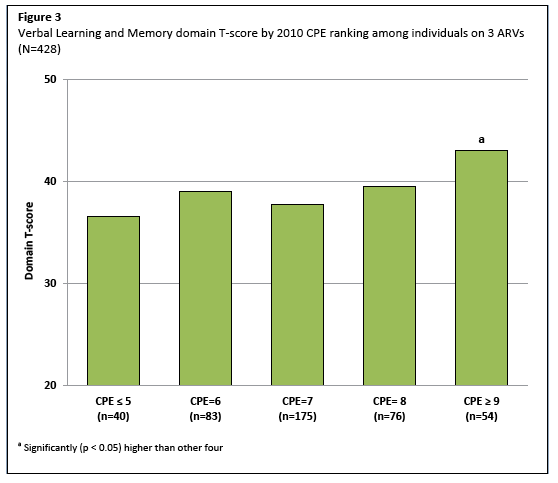
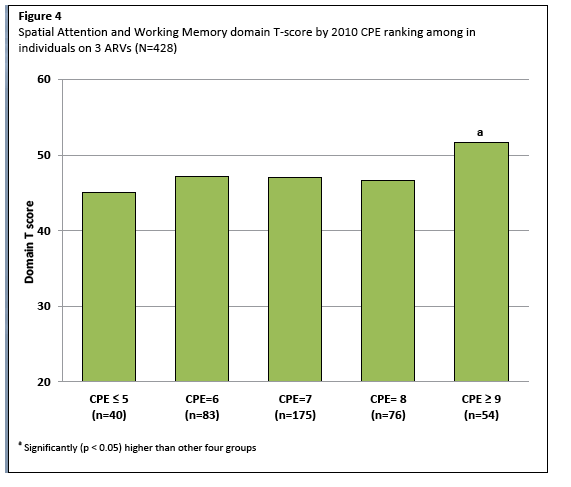
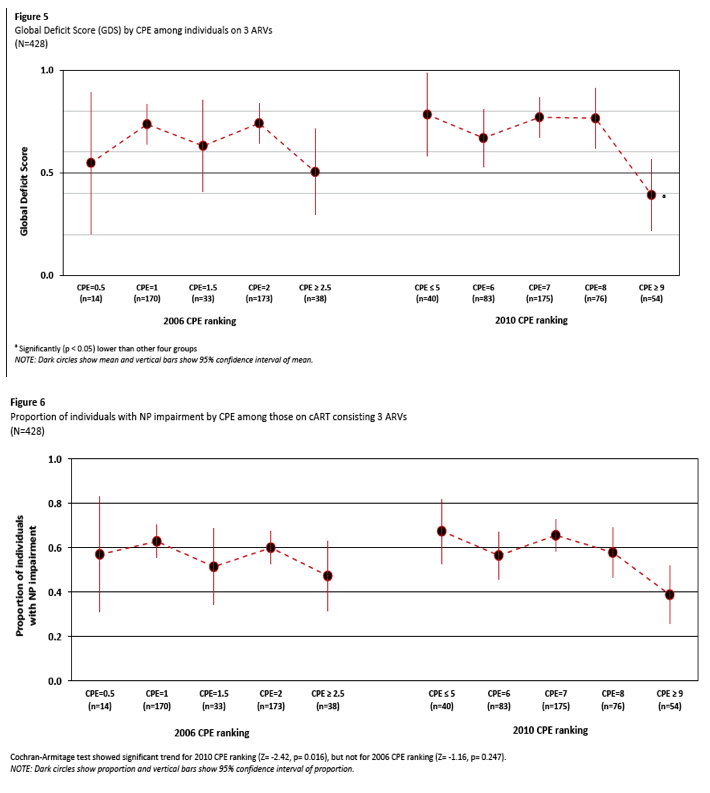
|
| |
|
 |
 |
|
|